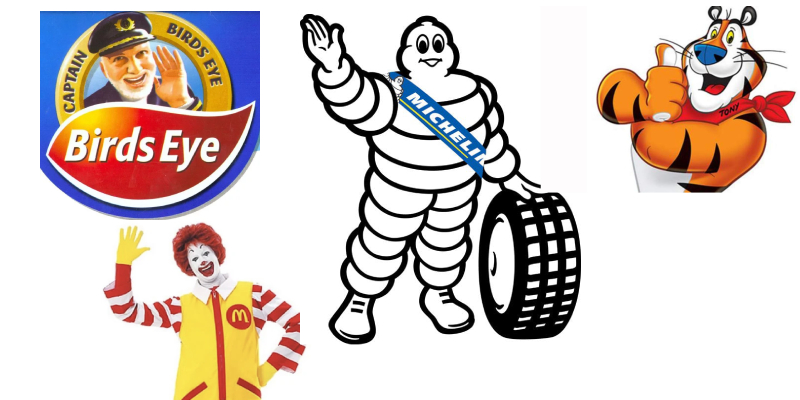
Over the years, a common design choice for companies has been to incorporate mascots into their logos – think of Michelin’s Michelin Man or KFC’s Colonel Sanders. Even companies that don’t have mascots in their logos themselves use them as part of their branding, like McDonald’s with Ronald McDonald and Kellogg’s with Tony the Tiger. And, of course, sports teams around the world have mascots, which they’ll bring on the field whenever they play.
But with the ubiquity of minimalist design and brands relying much more heavily on social media than they used to, is the age of the mascot over? And will they still work in 2024? Here, we take a look at some of the benefits and drawbacks to brand mascots when thinking about how to design a logo or a brand system.
If all this talk of mascots spurs you on to create your own, then you may find a good place to start is by playing around with one of the best free logo makers.
The benefits of mascots
01. They offer recognisability and familiarity
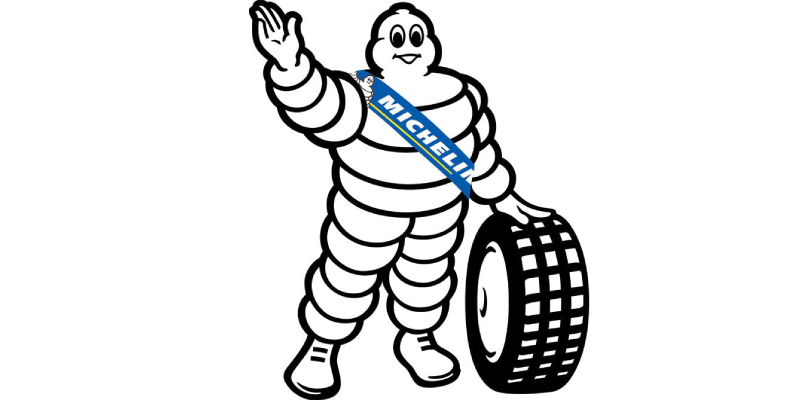
One of the main advantages of mascots is that they’re instantly familiar and recognisable, and eye-catching too. And, they encourage brand loyalty from people who grew up with the brand.
Take the Michelin Man logo. He’s one of the world’s oldest trademarks still actively used, having been introduced in 1894. And he’s one of the world’s most recognisable mascots too, as he's used to represent Michelin in over 150 countries. Your parents know the Michelin Man, and so do your kids.
You probably wouldn’t think a tire company would have one of the world’s most recognisable logos, but it does. And that’s a testament to the company’s marketing – and the enduring popularity of the Michelin Man.
02. They break language barriers
We live in a world that’s getting smaller, and many of the biggest companies operate all over the planet.
This isn’t always easy, with language barriers posing a challenge. This can be a problem if, for example, you’re a British or American company branching out into places where English isn’t spoken by many.
Consider KFC. The fried chicken behemoths began life in the US, but now boast over 25,000 restaurants in over 145 countries and territories worldwide, from North America and Western Europe to East Africa and South Asia.
But you don’t need to speak any English at all to recognise Colonel Sanders, KFC’s iconic founder – who’s become the mascot. You don’t even need to see and understand ‘KFC’ to understand that, when you see the depiction of Sanders, you’re approaching the most famous fried chicken eatery in the world.
03. They’re attractive to children
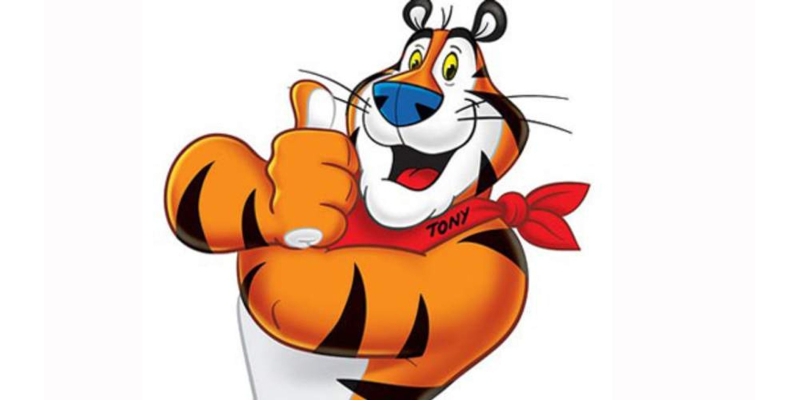
Many companies use mascots to target a young audience. Even children who can’t read yet might be attracted to a friendly face, be it a clown, a mythical creature, or an animal.
Kellogg’s Tony the Tiger is one of a number of Kellogg’s mascots, and is most often associated with their Frosties cereal, while Kellogg’s also has Coco the Monkey on their Coco Pops and the gnomes Snap, Crackle and Pop on Rice Krispies. Tony is fun and friendly, and many British adults can remember getting swimming badges and certificates sponsored by Kellogg’s, complete with Tony on the front, as children.
On the other side of things, however, a brand changing its image to one that’s more mature or adult-oriented may retire its mascot.
04. They can provide a sense of comfort
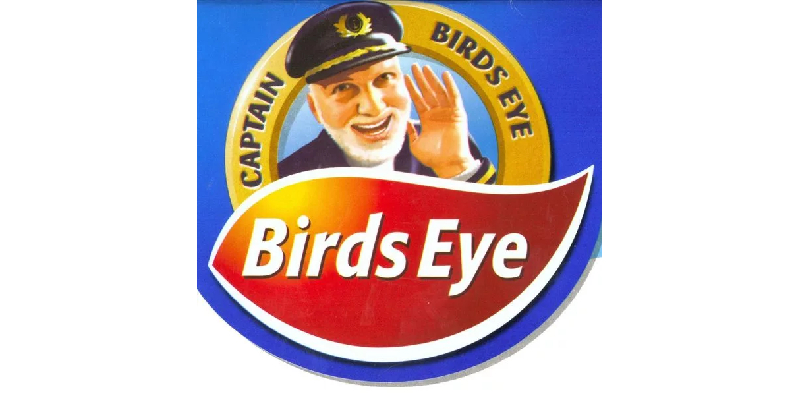
Some mascots provide a sense of comfort or nostalgia. Birds Eye, who specialise in frozen food, have Captain Birdseye (also known as Captain Iglo) as their mascot. He’s most often portrayed as a kindly old sailor – a sort of grandfatherly figure – and he’s been the company’s mascot since the 1960s.
Likewise, there’s Aunt Bessie, who appears in the logo for – you guessed it – Aunt Bessie’s. Aunt Bessie’s produces food items associated with classic, hearty British cuisine: frozen Yorkshire puddings, roast potatoes, jam roly-poly, apple pie. The logo hasn’t changed much over the years, and it lends itself to the idea of a small family business selling comforting British food.
However, mascots like these can sometimes be the source of controversy. Breakfast brand Aunt Jemima underwent a rebrand in 2020 after people accused the brand of racism for basing the Aunt Jemima mascot on the ‘mammy’ stereotype of African-American women. Likewise, the Uncle Ben’s brand of rice and related products, featuring an elderly African-American man, changed its name to Ben’s Original, minus its mascot, that same year.
The drawbacks of mascots
01. There have been ethical concerns
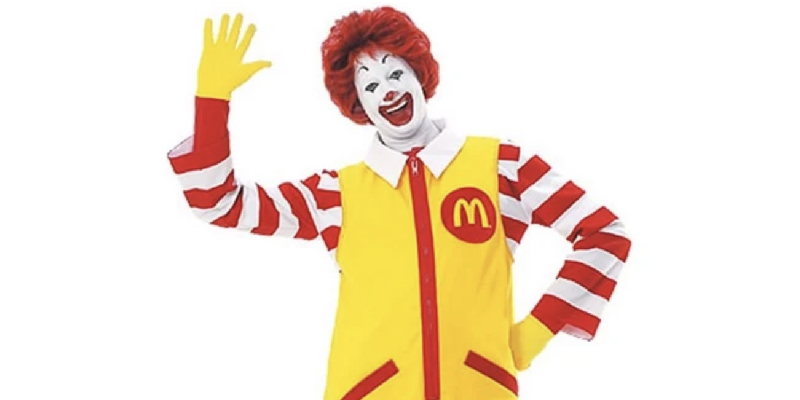
In today’s more socially conscious world, there have been ethical concerns around some mascots – like those targeted to children,
Ronald McDonald is one of the world's most famous mascots, and he represents one of the most famous companies. McDonald’s even created the fictional world of McDonaldland and gave him friends like the Hamburglar, Grimace and Mayor McCheese. And then there are Ronald McDonald Houses, where the parents of ill children in hospitals nearby can stay.
But it's not all been rosy, McDonald’s has been criticised for trying to target children with a clown mascot due to their food being unhealthy. In 2011, over 500 doctors and healthcare professionals took out a newspaper advert to urge the company to retire him.
02. They don't work on social media
Do mascots still have a function in the age of social media? Companies today are savvy, and realise that more complex or detailed logos don’t lend themselves well to smaller screens like those on smartphones.
Mascots often have quite complex designs – certainly more so than basic symbols and lettering, so they can put brands at a disadvantage in the digital world. Therefore, it wouldn’t be a surprise to see more tech-focused brands, or those aimed at young adults, doing away with mascots.
So are brand mascots still relevant in 2024? Certainly, for some brands and companies, mascots may still be effective next year. But there’s a definite need to keep things fresh and to reflect both modern-day social and cultural attitudes and our digital, global world. Though it’s difficult to see the likes of the Michelin Man and Colonel Sanders going anywhere any time soon.







